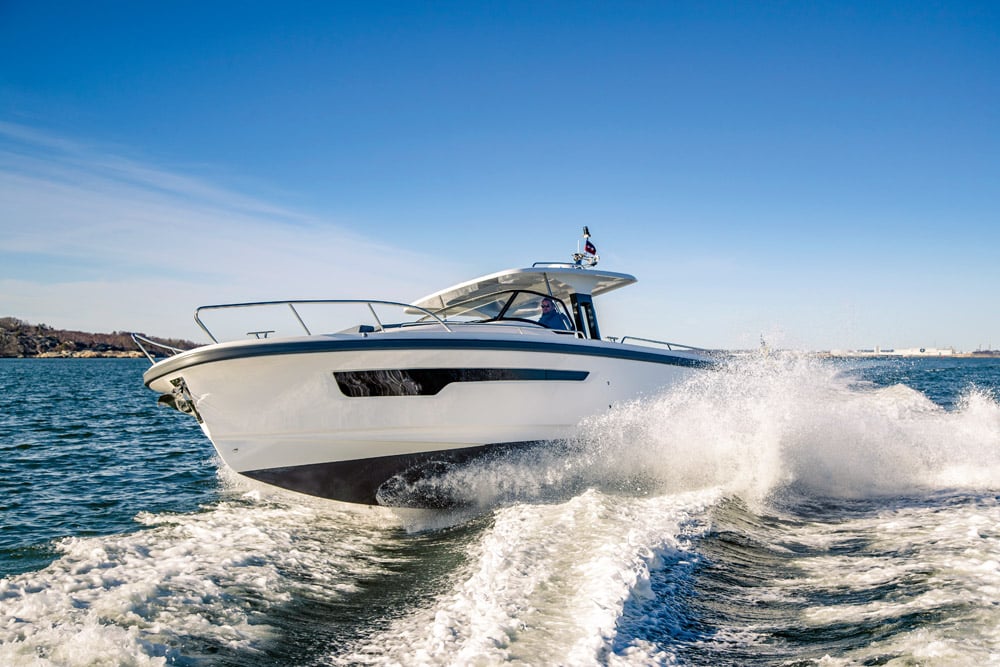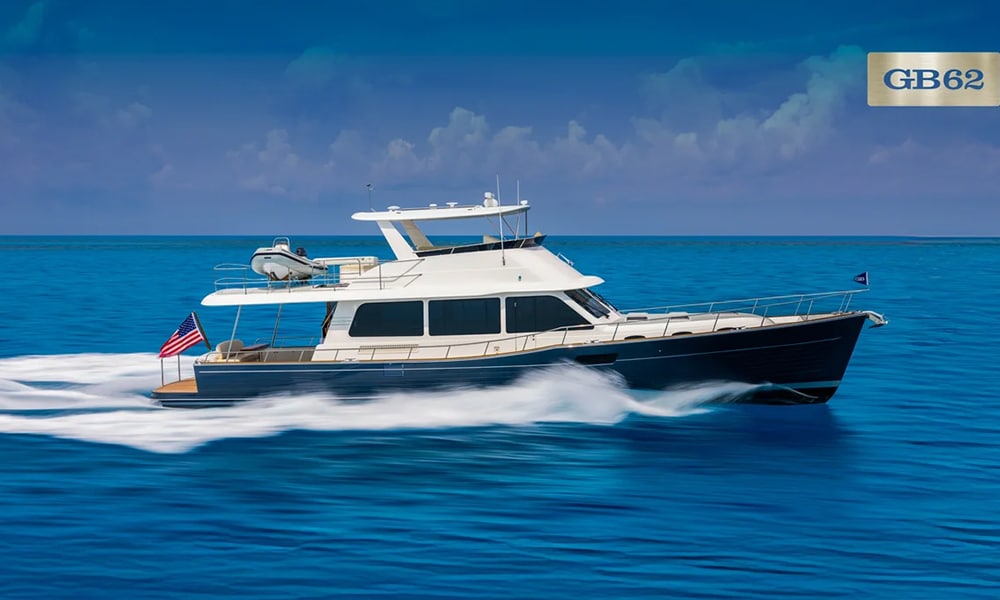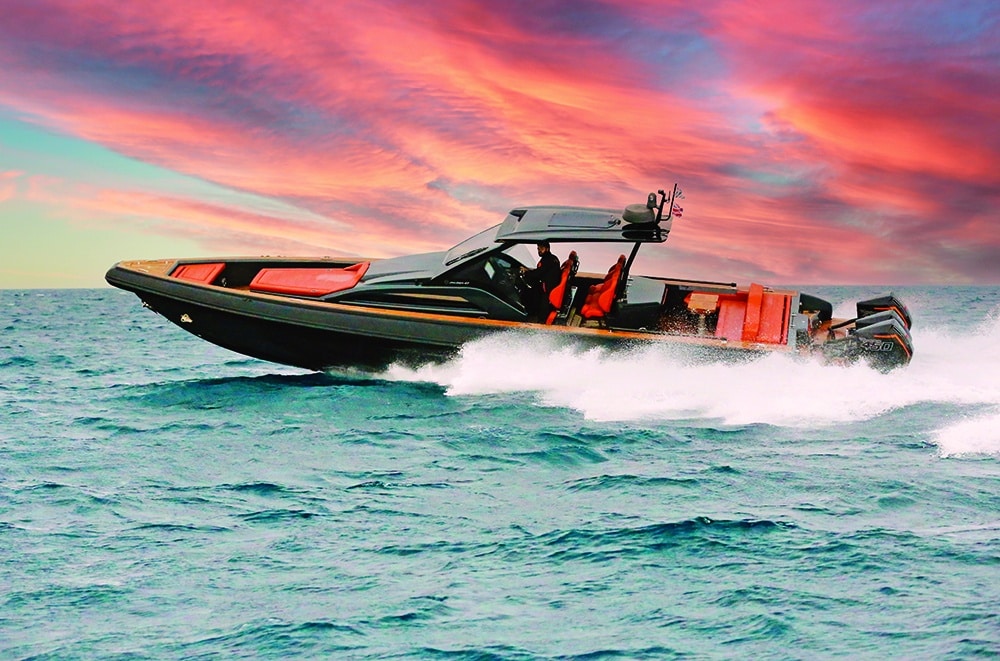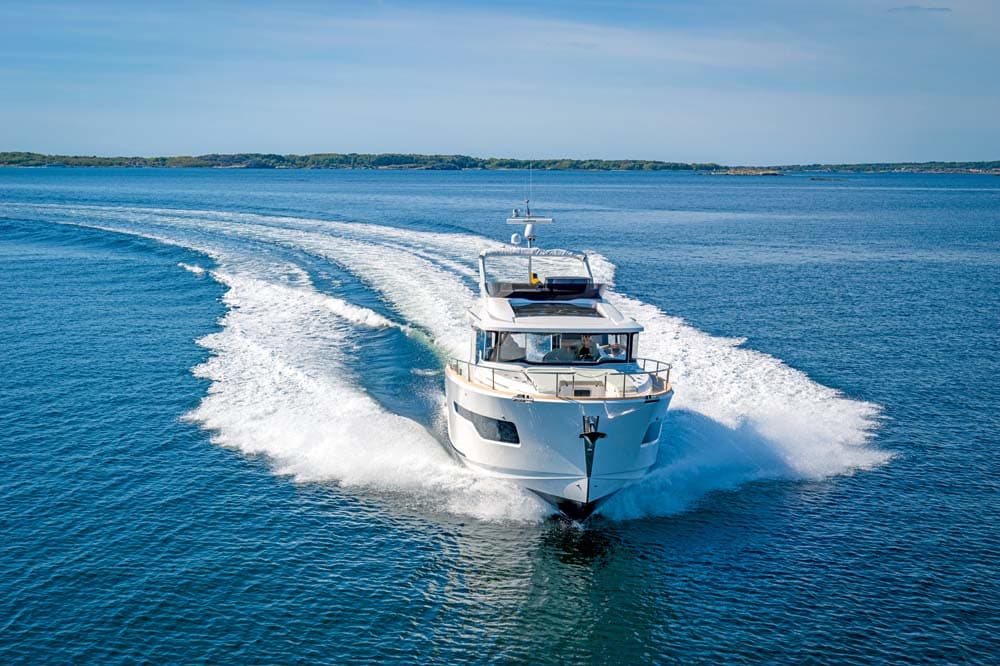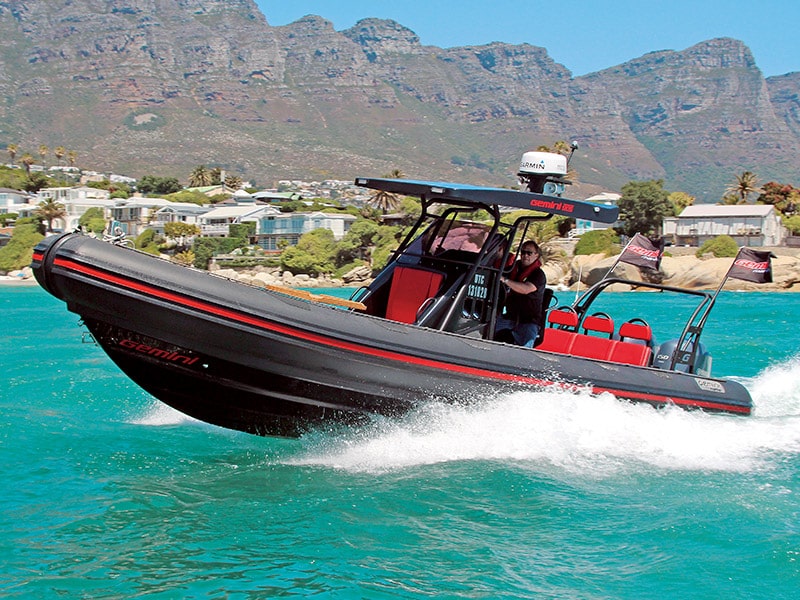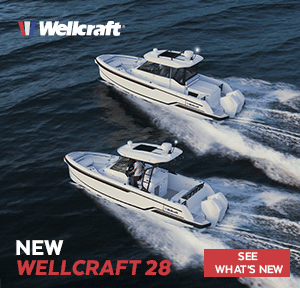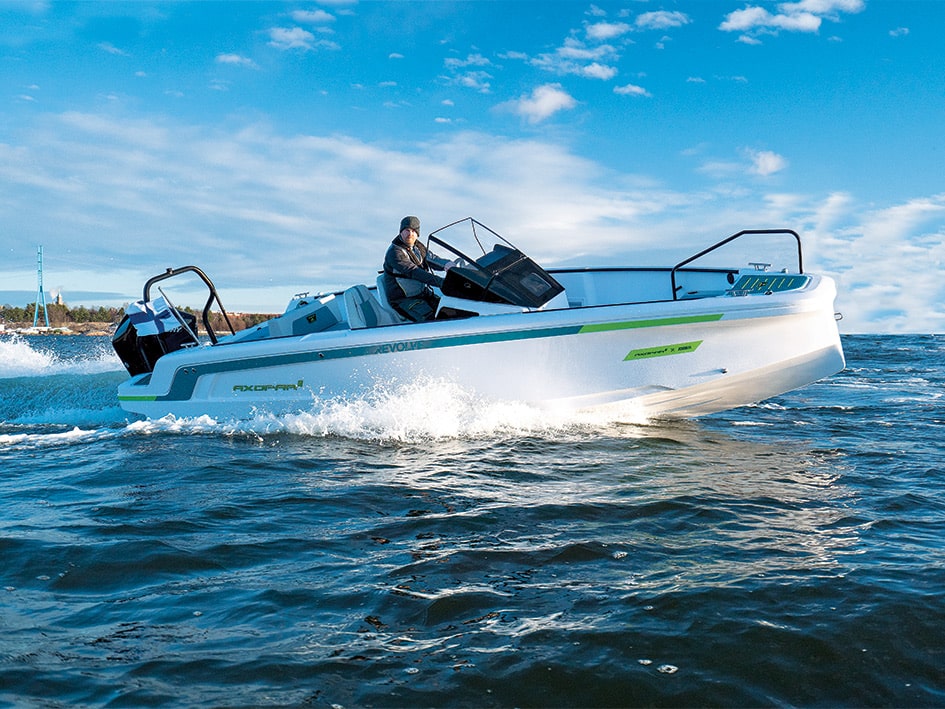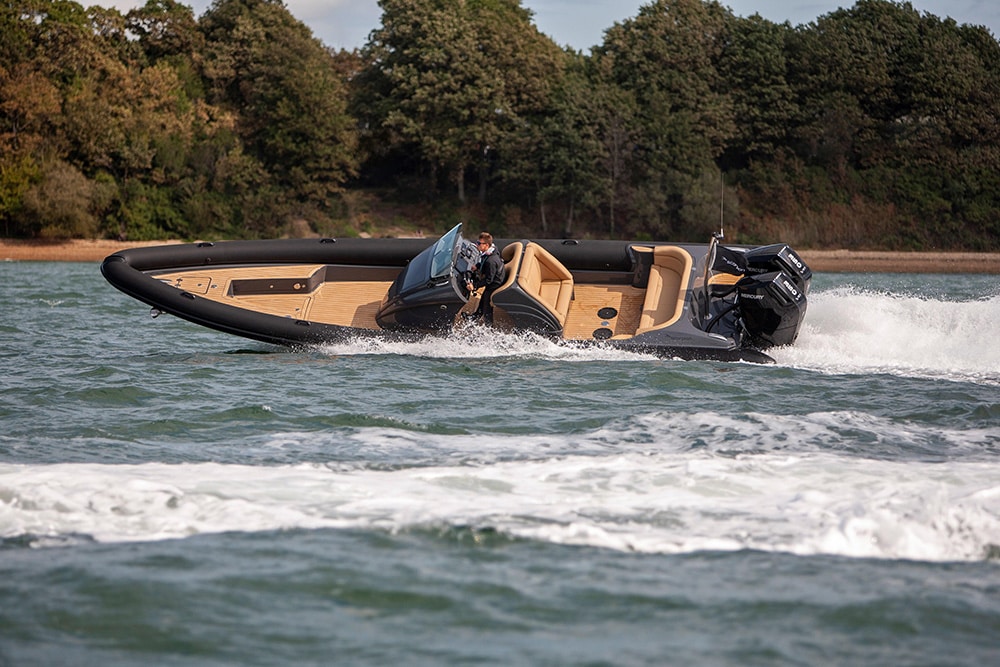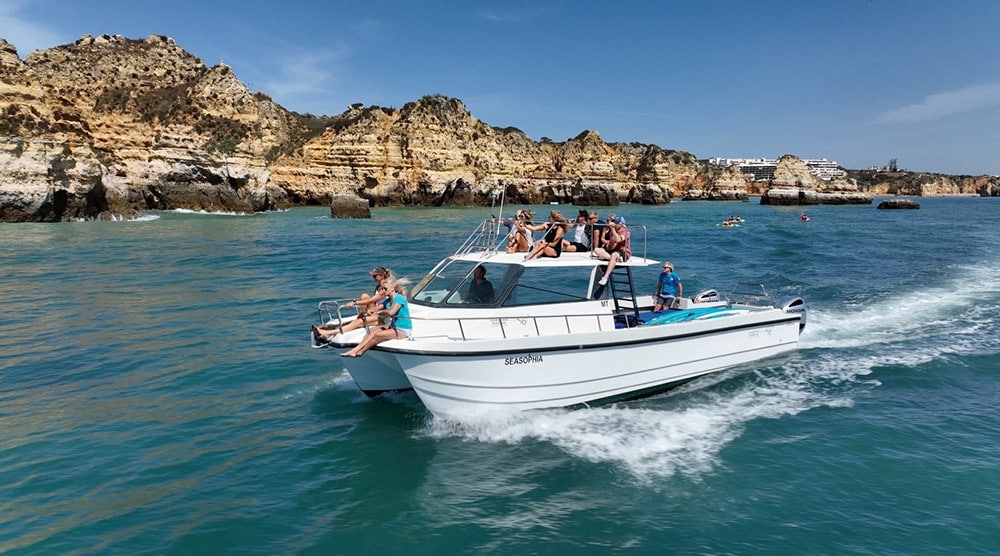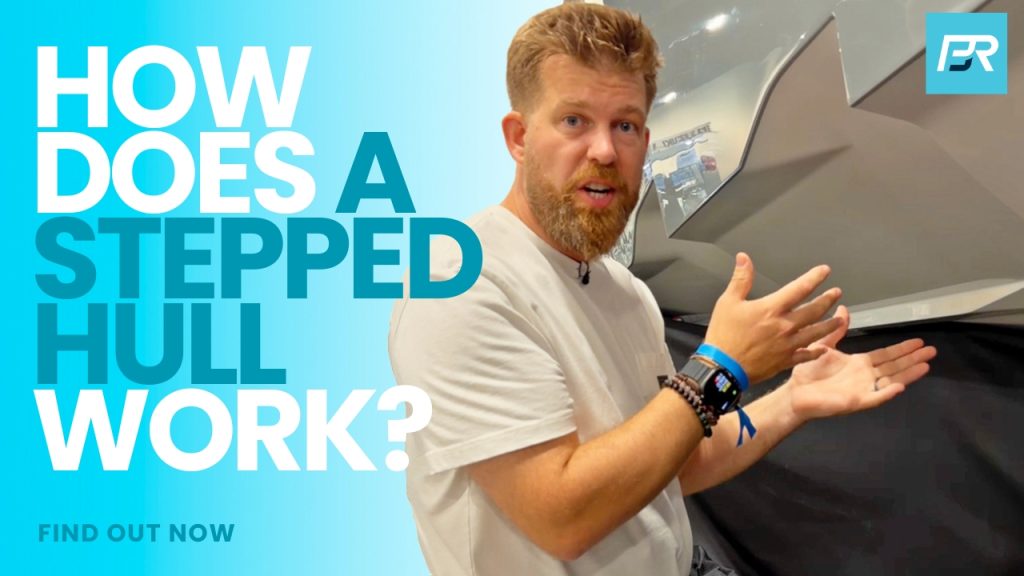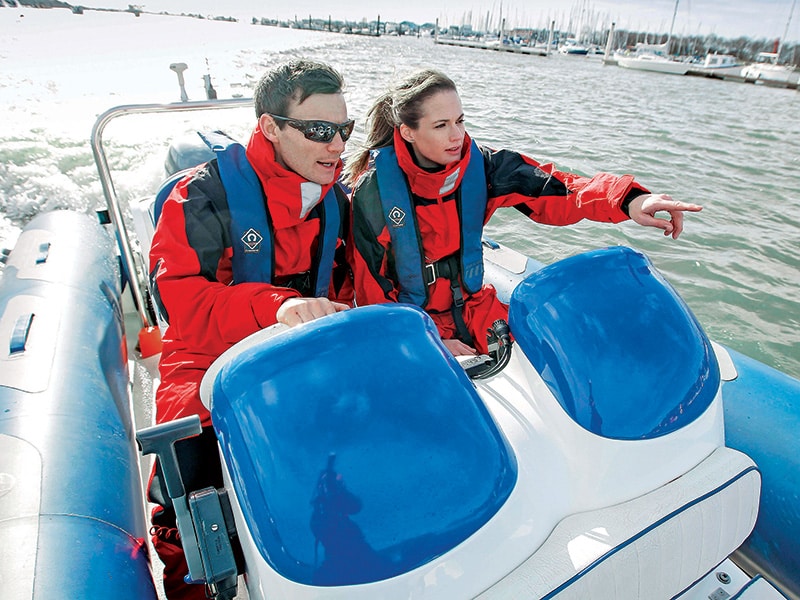Primary Hull Categories
1. Displacement Hulls
How They Work: Displacement hulls move through the water by pushing it aside, maintaining their full displacement whether stationary or in motion. A displacement hull moves through the water by pushing it aside, maintaining its full displacement whether stationary or in motion.
Characteristics:
- Pushes through water, slow, very seaworthy. Good load carriers. Can roll heavily in rougher waters
- Speed is limited by the boat’s waterline length – longer boats can achieve higher speeds
- Fuel efficient at displacement speeds
- They are slower moving but quite steady under way and are capable of carrying large loads with relatively small propulsion units
Best Uses:
- Long-distance cruising powerboats
- Passage-making motor vessels
- Tug boats and trawlers
- Motor yachts for extended voyaging
- Vessels requiring high load-carrying capacity
Example: The Grand Banks range of offshore displacement craft are a well recognised and highly respected brand of vessel that features displacement hull design.
Advantages:
- Excellent fuel efficiency
- Good seekeeping ability
- Can carry heavy loads
- Steady motion in moderate seas
Disadvantages:
- Limited top speed
- At rest, round hulls tend to roll with the waves and swells
